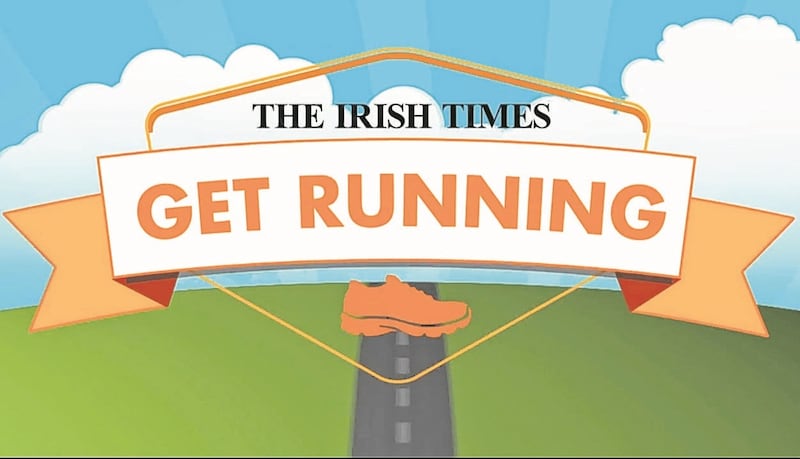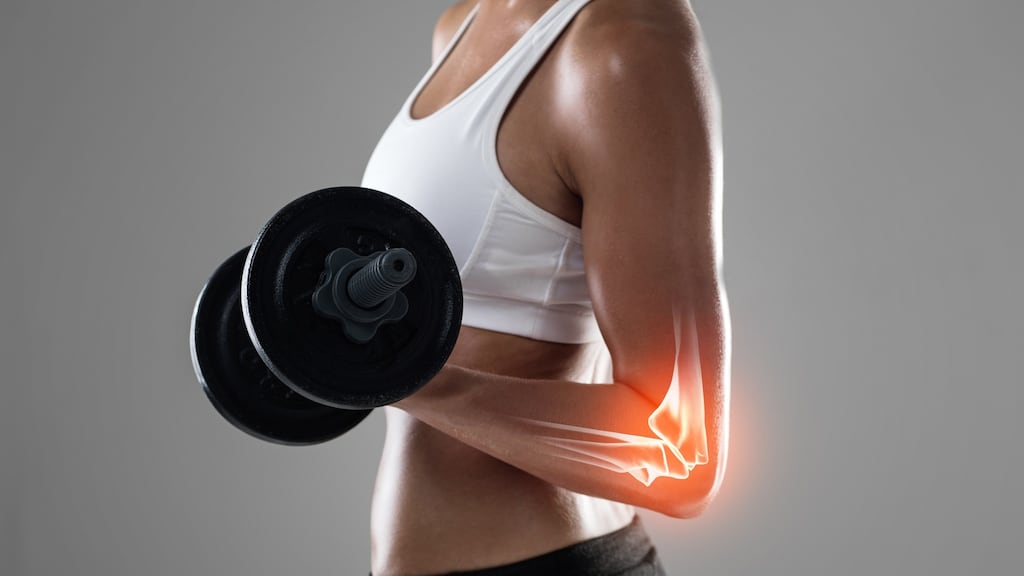Fat steals headlines and muscles elicit admiration, but what about bones? They come in for a lot less scrutiny until something goes wrong.
But physical problems do not always have obvious symptoms such as pain or swelling. Many patients do not even realise they have osteoporosis, where bone density is reduced, until after the damage has been done and they have broken a bone.
This is more than an inconvenience. One in five of over-65s who fracture a hip die within a year due to secondary complications, such as a blood clot, pneumonia or infection, according to the Irish Osteoporosis Society. Only about one in three ever regain their independence. With osteoporosis bones can become so brittle that even bending over or coughing can cause a fracture, according to the Mayo Clinic.
It may seem too far away to think about but, much like saving for a pension, the early years are when we need to do the work to ensure strong bones that can take a few knocks at any age. The surprise is that osteoporosis can affect men, women and children of all ages.
Higher risk
We should reach peak bone mass in our late teens or early 20s but experts believe our unhealthy lifestyles mean we are storing up problems for the future. Today’s children are at a much higher risk of developing osteoporosis than previous generations, according to the Irish Osteoporosis Society, which cites bad diet and a lack of exercise.
“If physical education was made mandatory in all schools and a permanent fixture on school curriculums, the risk to our young would significantly decline,” according to the Irish Osteoporosis Society.
It may seem that our bones are as solid as the walls of a building, holding everything up, but it’s a little more complicated than that.
Bone is living tissue, which is constantly being built and rebuilt. The “building blocks” are a healthy diet that includes enough protein, calcium and other minerals and vitamin D3. But it is exercise that stimulates the process.
This means osteoporosis is not only preventable it is also treatable.
Osteoporosis reversed
Ciara Wright, a nutritional therapist with Glenville Nutrition in Dublin, has seen osteoporosis reversed in a number of clients after they had been diagnosed using a Dexa bone scan. Treatment at Glenville Nutrition starts with dietary changes and exercise, followed by supplementation where necessary. Most recently a client in her 50s reversed the condition by altering her diet so she ate more regularly, cutting down on coffee, working on her stress levels and doing appropriate exercise.
“Some people make a few changes, we re-test after three months and they are grand,” says Wright. “For others, such as those with a genetic history, it may take longer. Almost everybody improves in three months, however, unless they have a strong family history or they have not done the exercises.”
Risk of fractures
Exercise is key. Even a very brisk walk can be good for your bones, according to Britain’s National Osteoporosis Society. One study that included 61,000 postmenopausal women found that those who walked for four hours or more a week had a 41 per cent lower risk of hip fracture than those who walked for less than an hour a week.
“Walking can be very helpful especially if you add hills to the route. Carry a backpack with a bottle to add weight. Some people can even add ankle or wrist weights to add to the effect,” says Wright.
The best workout for your bones is weight-bearing or resistance exercise. In Osteoporosis, How to prevent, treat and reverse it', Dr Marilyn Glenville explains why it is important. "Your skeleton is constantly fighting against gravity and it is that fight that helps to maintain bone density," writes Glenville. This does not include swimming, cycling or rowing.
A study by Scott Going and Monical Laudermilk published in the American Journal of Lifestyle in 2009 highlighted that physical activity is critical for bone development, bone health and fracture-risk reduction. "The effects of resistance exercise on muscle mass and strength, balance, and agility, in addition to direct skeletal benefits, underscore its importance for osteoporosis, falls, and fracture prevention," it says.
Lifting weights
Lifting weights may include lifting kettle bells or working with resistance bands.
“Some of the best results we have seen have been from people who start to lift weights,” says Wright. “It’s never too late to start to do so, with the correct supervision, even for those who are over 60.”
Wright refers her clients to a physiotherapy clinic so that they can do the appropriate exercise.
When looking at fitness, our bones are easy to forget, yet neglecting bone health can lead to injuries that could shorten your life. Check out the risk factors listed on the Irish Osteoporosis Society’s website, such as a family history of osteoporosis, low level of physical activity, taking antacids or smoking. Then get help.
Prevention is always better than cure.

Sign up for one of The Irish Times' Get Running programmes (it is free!).
First, pick the programme that suits you.
- Beginner Course: This programme is an eight-week course that will take you from inactivity to being able to run 30 minutes non-stop.
- Stay On Track: The second programme is an eight-week course for those of you who can squeeze in a 30- to 40-minute run three times a week.
- 10km Course: This is an eight-week course designed for those who can comfortably run for 30 minutes and want to move up to the 10km mark.
Best of luck!













